
Primary completion is expected in Q4 2026 with topline results in Q1 2027, while ECLIPSE 2 and 3 continue enrolling to support potential US and EU submissions.

Primary completion is expected in Q4 2026 with topline results in Q1 2027, while ECLIPSE 2 and 3 continue enrolling to support potential US and EU submissions.
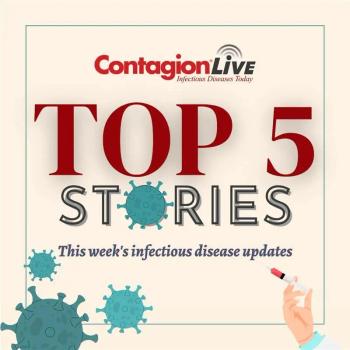
This week, learn about the first death from a meat allergy caused by ticks, Gilead reports positive top-line data showing its investigational combination therapy, bictegravir/lenacapavir was efficacious and safe, a discussion around antibiotic alternatives for MRSA, and more.

Nathan Shively, MD, talks about the increase of this antibiotic at his institution over the last several years for a variety of infections, particularly osteomyelitis. He also provides insights about dalbavancin's profile including its efficacy and adverse effects.
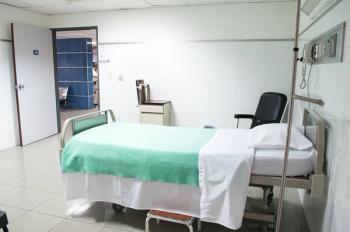
The Leapfrog Group has released its Fall 2025 Hospital Safety Grades showing states such as Utah and New Jersey remain in the top 5 of rankings. Data on health systems is also included in the report.

A healthy New Jersey man succumbed to the allergy after eating red meat. A blood sample collected post-mortem found that he had been sensitized to the sugar, alpha-gal, found in mammals. The blood sample indicated the man had an extreme reaction, in line with what is seen in fatal anaphylaxis.

ByHeart Whole Nutrition Infant Formula is the product involved in the recall. Fifteen infants have been hospitalized in 12 states prompting a federal investigation. Clinicians are urged to treat on suspicion and report all cases.

Gilead reports its investigational single tablet of bictegravir and lenacapavir was efficacious in people with HIV who are virologically suppressed and who switched from taking multitablet regimens. The company says its phase 3 study results will form the basis for its future regulatory submissions.

During National C difficile Awareness Month, the Peggy Lillis Foundation is working toward greater awareness about prescribing practices as well as cleaning methods that can prevent infections.

The tool's developer, LIV Process, says it has created a water-based reagent that illuminates Clostridioides difficile on surfaces so teams can verify cleaning in real time.

Rachel Britt, PharmD, BCIDP, provides insights on an evolving understanding of the long-time antibiotic’s limitations for these infections and provides guidance on other agents and the role of diagnostics in finding the best agents for patients.

Immunocore’s first-in-human study of its bispecific, IMC-I109V, demonstrated early antiviral activity and a favorable safety profile, supporting continued development of the TCR bispecific candidate as a potential functional cure for chronic hepatitis B.
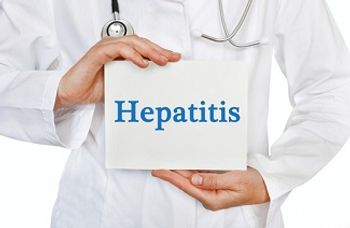
In Vir Biotechnology’s phase 2 Solstice study, 66% of participants with chronic hepatitis delta (CHD) receiving a monthly dose of combination tobevibart and elebsiran achieved undetectable hepatitis delta virus (HDV) RNA at Week 48.

Seven months of clinical data corroborated emergency authorization of 2024-2025 mRNA COVID-19 vaccines for circulating JN.1 subvariants.
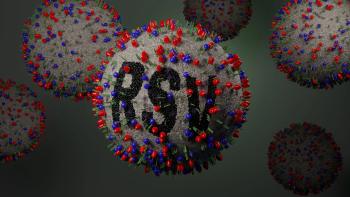
RSV vaccines protected older adults against RSV-related hospitalization over 2 seasons, although with less effectiveness for those with immunocompromise or cardiovascular disease.

This week, read about the FDA's approval of IV antibiotic, Contepo, for complicated urinary tract infections, penicillin‑binding proteins, post-exposure doxycycline for Lyme disease prevention in young children, and more.
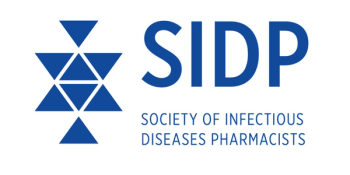
PBPs are more than static β lactam targets. Host conditions rewire PBP activity and peptidoglycan architecture, shaping tolerance, resistance, and how we design salvage regimens.

Despite a 2018 American Academy of Pediatrics clinical update that recommends use of postexposure prophylaxis for prevention of the tick-borne disease in children younger than 8 years, Wesley Kufel, PharmD, BCPS, BCIDP, FCCP, FIDSA, points out many clinicians are unaware of this. He also discusses its efficacy at preventing the disease in this patient population.

Dynavax and Vaxart have entered into a license and collaboration agreement to advance Vaxart’s investigational oral COVID-19 vaccine, with phase 2b data expected in late 2026.

IND clearance enables a randomized, double-blind study of IMM-529 with standard care, while a forthcoming USU Travelan field readout will guide dosing strategy.

In a multinational NEJM trial, a single 105-mg dose cut RSV hospitalizations by 84.2% and medically attended lower respiratory infection by 60.4% through 150 days, with safety similar to placebo.

The Centers for Disease Control and Prevention provided more information on a multistate outbreak and genomic testing.

The federal agency gave the nod to Meitheal Pharmaceuticals for its antibiotic, Contepo, an intravenous fosfomycin offering a new mechanism of action and a new option for adults with complicated urinary tract infections, including those caused by resistant gram-negative pathogens.
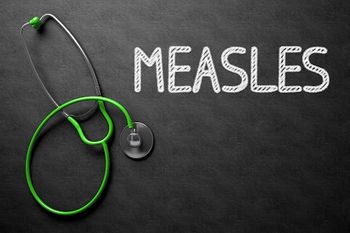
Results from a new survey taken this past summer show immunization confidence waning among the public and some factual uncertainty around immunization. In this time of disinformation and misinformation, Ruth Lynfield, MD, discusses an approach clinicians can take in counseling parents who may have concerns about the vaccine as well as other strategies to increase immunization adherence.

At IDWeek, Anne Kasmar, MD, MSc, highlighted how expanding beyond traditional antibiotics, strengthening regulatory partnerships, and leveraging immunology are accelerating the next generation of antimicrobial resistance (AMR) solutions.

The foundation has unveiled its 2025 campaign, highlighting the deadly toll and long-term consequences of these infections through nationwide events, education initiatives, and tributes throughout November.

Prescribing of antiviral medication for children at risk of severe influenza decreased in COVID-19 pandemic despite unchanged treatment guidelines.

This week review more highlights from IDWeek, and why one researcher is predicting a milder avian influenza season.

Richard Webby, PhD, says increased wild bird immunity is a major factor for this year’s prediction.

Muhammad Sohaib Asghar, MBBS, MD, discusses why CDI deaths are concentrated in White patients and inpatient/long-term care settings, why mortality peaked in 2006–2015, and how stewardship and recurrence prevention are driving the recent decline.

In his new position, Gareth Morgan, MS, MBA, provides insights on antibiotic development strategies he would like to see during his tenure.